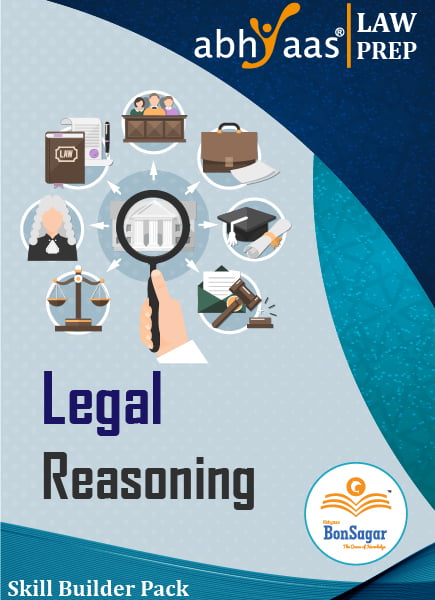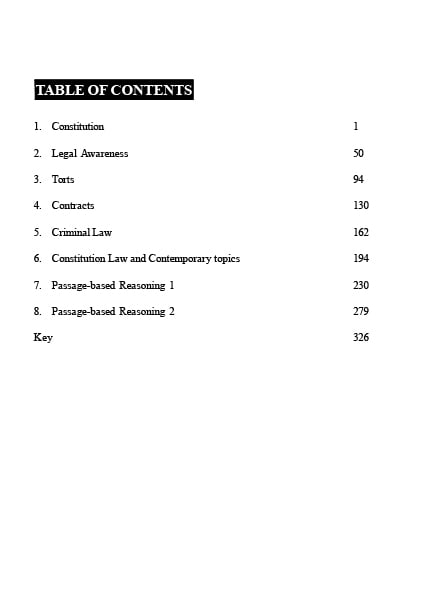
Mastering Group Discussions: Strategies for Success in CAT GDPI-WAT
The CAT GDPI-WAT (Common Admission Test – Group Discussion, Personal Interview, and Writing Ability Test) is the gateway to securing a coveted spot in premier business schools. Beyond demonstrating excellence in the CAT exam, candidates must navigate through the subsequent stages of GDPI-WAT with finesse. In this article, we explore comprehensive strategies for success in each component of CAT GDPI-WAT.
Understanding the CAT GDPI-WAT Process:
CAT GDPI-WAT is designed to evaluate not only a candidate’s academic prowess but also their communication skills, thought process, and suitability for a business school. Each component – Group Discussion (GD), Personal Interview (PI), and Writing Ability Test (WAT) – plays a crucial role in shaping the overall evaluation.
1. Mastering Group Discussions (GD):
a. Stay Informed:
Begin by staying well-informed about current affairs, business trends, and social issues. This knowledge will be a valuable asset during GD sessions, allowing you to contribute meaningfully to discussions.
b. Develop Strong Communication Skills:
Effective communication is key to success in GD. Work on articulating your thoughts clearly and concisely. Practice maintaining a balance between assertiveness and openness to others’ opinions.
c. Active Listening:
Active listening is a skill that often gets overlooked. Engage in the discussion by acknowledging others’ points, responding appropriately, and avoiding interruptions. This not only demonstrates your interpersonal skills but also contributes to a more constructive dialogue.
d. Respect Diverse Viewpoints:
In a diverse group, opinions will naturally vary. Respectful disagreement and healthy debate are expected, but it’s crucial to maintain a respectful tone. Acknowledge the validity of different perspectives and avoid dominating the discussion.
e. Practice Time Management:
Group Discussions are time-bound. Practice time management to ensure you can make relevant points within the specified timeframe. Contribute meaningfully without monopolizing the discussion.
2. Personal Interview (PI) Preparation:
a. Know Your Story:
Be intimately familiar with your own story. The interviewers may ask questions about your background, education, work experience, and aspirations. Craft a narrative that aligns with your resume and showcases your growth and development.
b. Connect with the School:
Research the business school thoroughly. Understand its culture, values, and unique offerings. Be prepared to articulate why you are interested in that particular school and how you envision contributing to its community.
c. Stay Informed:
Stay updated on current affairs, especially topics relevant to the business world. Being well-informed not only demonstrates your awareness but also showcases your ability to connect global events with your chosen field of study.
d. Practice Common Interview Questions:
Practice answering questions about your strengths and weaknesses, leadership experiences, achievements, and failures. Use the STAR (Situation, Task, Action, Result) method to structure your responses with concrete examples.
e. Be Genuine and Authentic:
Authenticity leaves a lasting impression. Be true to yourself, share genuine experiences, and express your thoughts sincerely. Authenticity not only builds rapport but also helps the interviewers connect with you on a deeper level.
3. Writing Ability Test (WAT) Excellence:
a. Practice Writing Regularly:
Develop the habit of expressing your thoughts coherently on paper. Practice essays on diverse topics to enhance your writing skills. Pay attention to clarity, structure, and effective expression of ideas.
b. Time Management:
WAT is often time-bound. Practice writing within the allocated time to ensure you can convey your ideas effectively under pressure. Time management is crucial for delivering a well-structured and complete essay.
c. Clarity of Thought:
Your essay should have a clear structure with a well-defined introduction, body, and conclusion. Ensure your thoughts flow logically, and the reader can easily follow your argument.
d. Reflect on Feedback:
After practicing mock WATs, reflect on the feedback received. Consider areas where you excelled and aspects that require improvement. Continuous self-assessment allows you to identify patterns, refine your strategy, and enhance your writing skills.
4. CAT GDPI-WAT Coaching:
Consider enrolling in a comprehensive coaching program that covers all aspects of CAT GDPI-WAT. These programs often include mock sessions, personalized feedback, and expert guidance, providing a simulated experience of the actual selection process.
Conclusion:
Success in CAT GDPI-WAT demands a holistic approach. It’s about not only showcasing your academic prowess but also demonstrating effective communication, critical thinking, and a genuine alignment with the values of the business school. By following these strategies, candidates can navigate through each component of CAT GDPI-WAT with confidence, increasing their chances of securing admission to their dream B-School. Remember, preparation is the key to success, and a well-rounded approach is essential to shine in the competitive landscape of CAT GDPI-WAT.




